Introduction
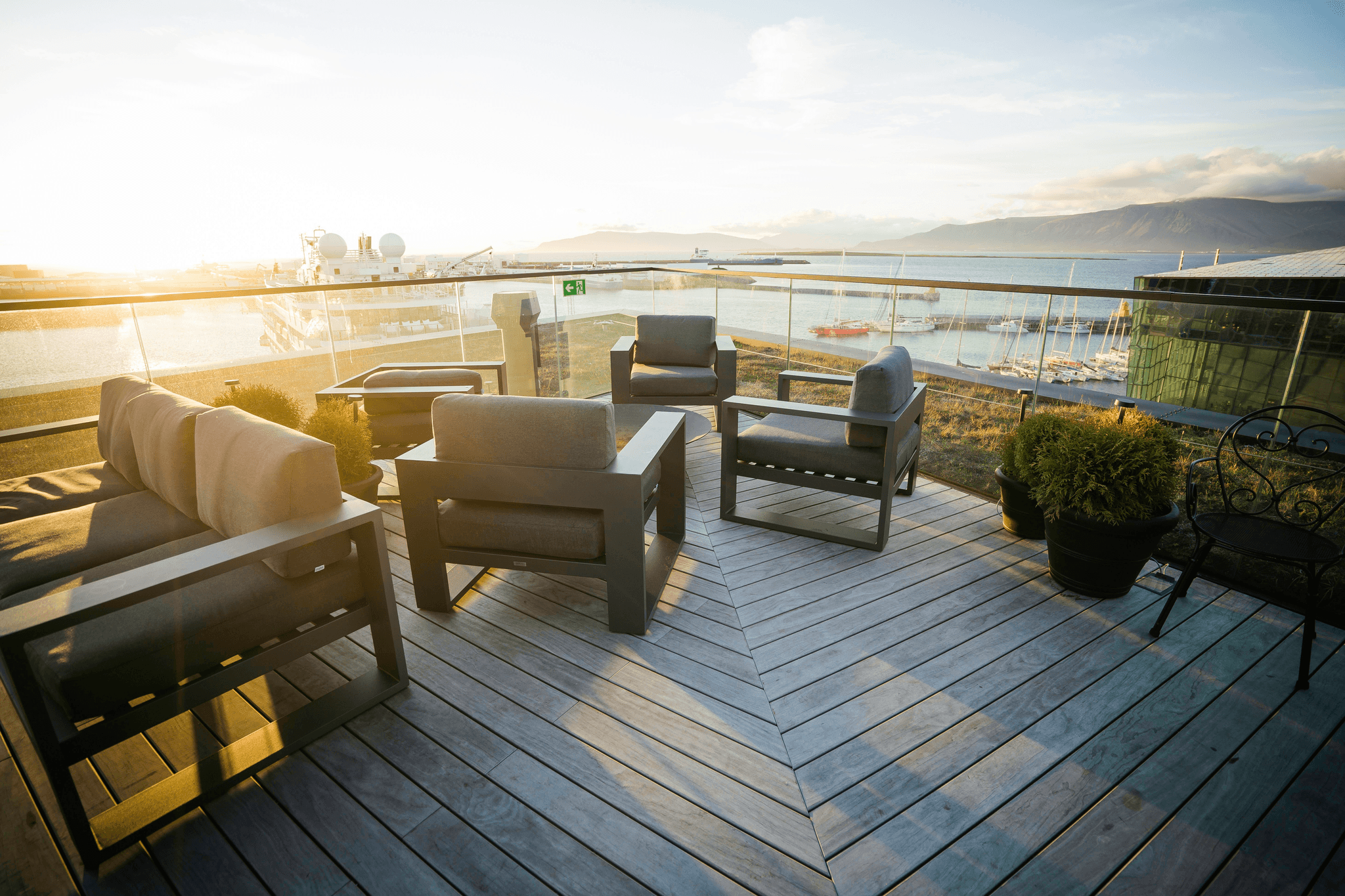
Composite Decking: A Modern Marvel
Composite decking has emerged as a modern marvel in outdoor construction, combining recycled materials with innovative technology to create a durable surface that mimics the beauty of natural wood. At Composite Decking Inc, we are passionate about transforming outdoor spaces with high-quality, sustainable decking solutions that not only look stunning but also require minimal maintenance. However, it’s important to weigh these advantages against the disadvantages of composite decking, such as potential fading and limited lifespan compared to traditional materials.
Real Timber: Nature's Timeless Choice
On the other hand, real timber has long been celebrated for its classic appeal and natural beauty. The warmth and character of wood can enhance any outdoor space, giving it a timeless elegance that many homeowners cherish. Yet, despite its aesthetic allure, real timber isn't without its drawbacks; issues like susceptibility to weather damage and pests can make some homeowners reconsider their choice when comparing it to the disadvantages of composite decking.
Overview of Decking Options
With a plethora of options available in today’s market—from sleek composite designs to rustic wooden planks—deciding on the best material for your deck can feel overwhelming. Each option presents unique characteristics that cater to different tastes and lifestyles while also impacting maintenance routines and costs over time. In this guide, we'll delve deeper into both composite decking and real timber to help you navigate through their respective advantages and disadvantages so you can make an informed decision for your home.
Understanding Composite Decking
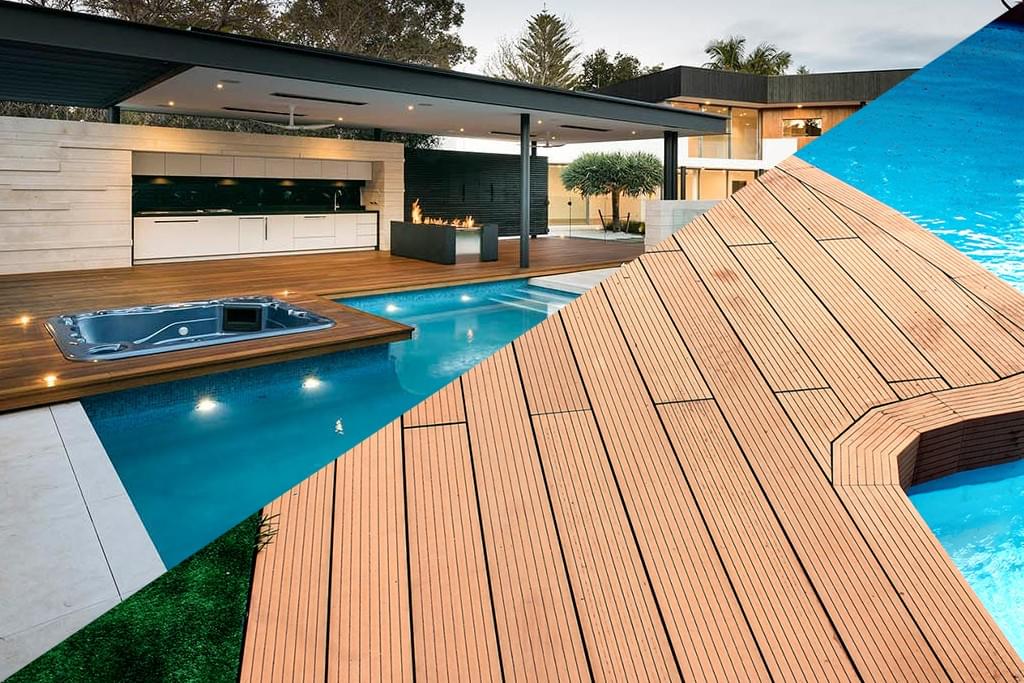
Composite decking has rapidly gained popularity as a modern alternative to traditional wood decking. This innovative material is crafted from a blend of recycled wood fibers and plastic, resulting in a product that mimics the appearance of natural timber while offering enhanced durability. At Composite Decking Inc, we are passionate about transforming outdoor spaces with high-quality, sustainable decking solutions designed to withstand the elements.
What is Composite Decking?
Composite decking is essentially a man-made material engineered to provide the aesthetic appeal of wood without many of its downsides. It combines wood fibers with recycled plastics, creating boards that resist fading, staining, and rotting—common issues faced by real timber. This unique composition not only enhances longevity but also allows for easier maintenance compared to traditional wooden decks.
Benefits of Composite Decking
One of the standout benefits of composite decking is its low-maintenance nature; it doesn’t require regular sealing or staining like real timber does. Homeowners can enjoy more leisure time rather than spending weekends on upkeep chores—just occasional cleaning with soap and water will do! Additionally, composite materials are highly resistant to splintering and warping, making them safer for families and pets alike.
Another advantage lies in their eco-friendliness; many composite products are made from recycled materials, reducing environmental impact significantly. This sustainability aspect appeals to those looking for greener options without sacrificing quality or aesthetics. Plus, composite decking comes in a variety of colors and styles that can fit any home design perfectly.
Disadvantages of Composite Decking
Despite its many perks, there are some notable disadvantages of composite decking that potential buyers should consider before making a choice. One common issue is heat retention; on hot days, composite boards can become quite warm underfoot compared to cooler wooden alternatives. Furthermore, while they resist stains better than wood, they aren’t completely stain-proof—some substances can still leave marks if not cleaned promptly.
Another drawback includes the initial cost; while it may save money on maintenance over time, the upfront investment for high-quality composite materials can be higher than standard lumber prices. Additionally, some homeowners notice that certain composites may fade over time due to prolonged sun exposure—a factor worth considering if you live in particularly sunny areas. Ultimately understanding these disadvantages of composite decking helps ensure you make an informed decision tailored to your needs.
The Allure of Real Timber Decking
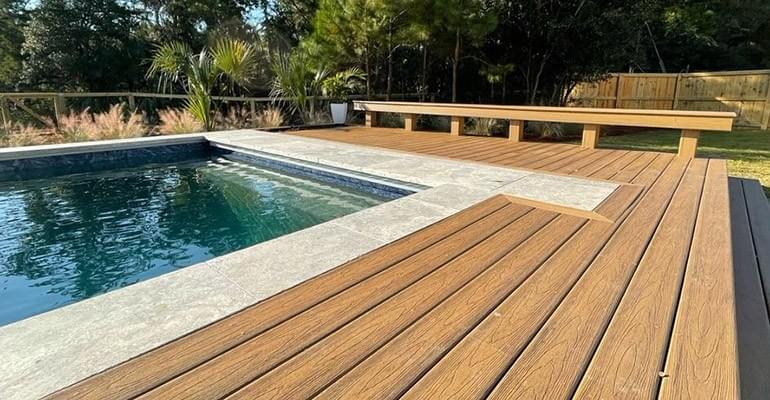
Characteristics of Real Timber
Real timber is celebrated for its rich variety of species, each offering distinct colors, grains, and textures. From the deep hues of mahogany to the lighter tones of pine, there’s a wood type to suit every aesthetic preference. Additionally, real timber possesses inherent properties like durability and strength that make it suitable for various climates and applications.
Advantages of Real Timber Decking
One of the most compelling advantages of real timber decking is its timeless appeal; nothing quite compares to the authentic look and feel of natural wood. This material can be easily customized with stains or finishes to enhance its beauty while allowing homeowners to express their personal style. Moreover, many types of hardwood are incredibly durable when properly maintained, making them a long-lasting choice for outdoor spaces.
Real timber also tends to have better resale value compared to synthetic options due to its classic appeal; potential buyers often appreciate the elegance that natural wood brings. Unlike composite decking—which has certain disadvantages—real timber can be sanded down and refinished if it shows signs of wear over time. This ability to rejuvenate worn surfaces adds another layer of longevity that many homeowners find appealing.
Drawbacks of Real Timber Decking
Despite its many benefits, real timber decking does come with some drawbacks worth considering before making a decision. One significant concern is maintenance; unlike composite options which require minimal upkeep, real wood needs regular sealing or staining to protect against moisture and UV damage. This ongoing maintenance can translate into higher costs over time compared with composite alternatives.
Another drawback is susceptibility to pests like termites or rot if not adequately treated or maintained; this risk may deter some homeowners who prefer a low-maintenance solution like Composite Decking Inc offers with their products designed specifically for durability and sustainability. Additionally, depending on the source of the wood, there may be environmental concerns related to deforestation or unsustainable harvesting practices that could weigh on eco-conscious buyers' minds.
In conclusion, while real timber provides undeniable charm and character in outdoor spaces, it’s essential for homeowners to weigh these advantages against potential drawbacks—especially when considering long-term maintenance strategies versus alternatives like composite decking that have their own set disadvantages as well.
Cost Comparison: Composite vs Real Timber
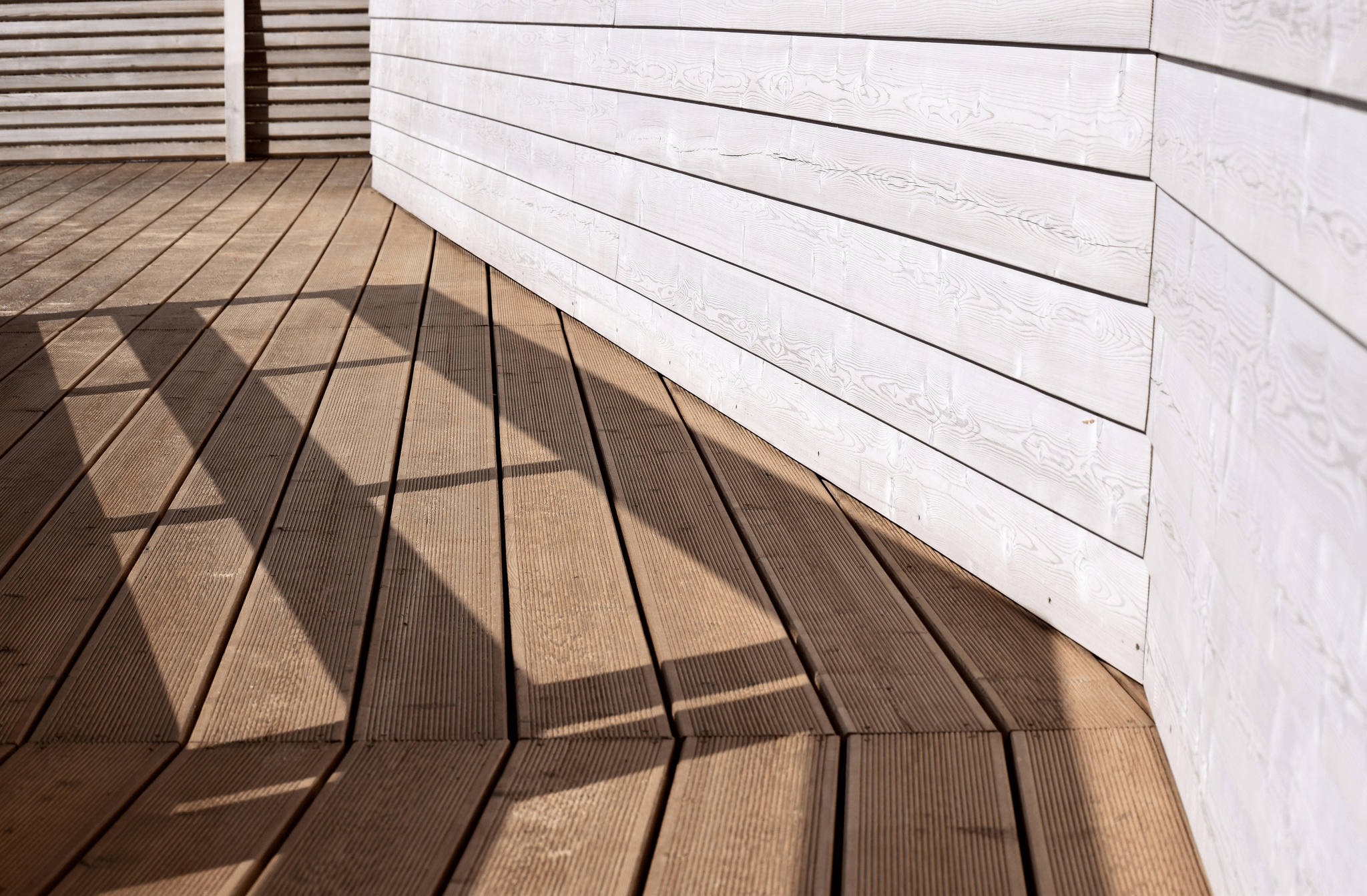
Initial Investment and Installation Costs
The initial investment for composite decking usually tends to be higher than that of traditional timber. Composite Decking Inc offers a range of high-quality options that might stretch your budget initially but promise durability and low maintenance in return. On the other hand, real timber can be more affordable upfront; however, costs can escalate quickly based on wood type and installation complexities.
Installation costs also vary significantly between the two materials. While composite decking may require specialized installation techniques due to its unique properties, real timber often necessitates additional treatments and sealing processes to enhance longevity. Thus, while you might save on initial material costs with timber, those savings could be offset by higher installation charges.
Long-Term Maintenance Expenses
One of the notable disadvantages of composite decking is its lower maintenance requirements compared to real wood alternatives. Composite materials generally resist fading, warping, and splintering better than timber, meaning fewer repairs or replacements over time. This translates into significant cost savings as you won't need to re-stain or seal your deck every few years as you would with traditional wood.
However, it’s important to remember that while composite decking minimizes maintenance expenses, it still requires periodic cleaning to maintain its appearance—especially if dirt or mold accumulates over time. Conversely, real timber demands regular upkeep; without proper care like staining and sealing every couple of years, it may deteriorate faster than anticipated—leading to potential replacement costs down the line.
Value Over Time
When considering value over time, many homeowners find that investing in high-quality composite decking pays off in the long run due to its durability and minimal upkeep requirements. Unlike real wood—which may lose value if not maintained properly—composite materials retain their aesthetic appeal longer without extensive repairs or replacements needed frequently due to wear and tear.
Another factor worth noting is resale value; homes featuring well-maintained composite decks often attract buyers looking for low-maintenance outdoor spaces—a significant selling point in today's market! However, one must also weigh this against personal preferences; some buyers still prefer the classic look and feel of natural wood despite its disadvantages of composite decking.
Ultimately, choosing between these two options involves more than just initial costs; it's about balancing short-term affordability against long-term value based on your lifestyle needs and preferences.
Environmental Impact

When it comes to decking, the environmental impact is a significant consideration for many homeowners. Understanding how composite decking and real timber affect our planet can help you make a more informed decision. Let's delve into the sustainability of composite decking, the eco-friendliness of real timber, and the long-term environmental considerations of both options.
Sustainability of Composite Decking
Composite decking is often touted as a sustainable choice due to its use of recycled materials, such as plastics and wood fibers. This innovative approach not only reduces waste but also minimizes the demand for virgin timber, making it an attractive option for environmentally-conscious consumers. However, it's essential to note some disadvantages of composite decking; while they are low-maintenance and durable, their production process can involve chemicals that may not be eco-friendly.
At Composite Decking Inc, we emphasize our commitment to using sustainable practices in our manufacturing processes. Our products are designed to last for years with minimal upkeep, which means fewer resources spent on repairs or replacements over time. While there are some disadvantages of composite decking regarding its environmental footprint in production, the benefits often outweigh these concerns when considering overall sustainability.
Eco-Friendliness of Real Timber
Real timber has long been celebrated for its natural beauty and renewable qualities. Sourced from responsibly managed forests, quality timber can be a genuinely eco-friendly choice if harvested sustainably. However, one must consider the disadvantages of composite decking when comparing them: while timber provides aesthetic appeal and natural characteristics that many homeowners desire, unsustainable logging practices can lead to deforestation and habitat loss.
Moreover, real timber requires regular maintenance—staining or sealing—to preserve its integrity over time; this means additional resources used in upkeep compared to composite alternatives like those offered by Composite Decking Inc. Nevertheless, when sourced from certified suppliers who prioritize sustainable forestry practices, real timber can contribute positively to environmental health by supporting local ecosystems and biodiversity.
Long-Term Environmental Considerations
When evaluating long-term environmental impacts between composite decking and real timber, it's crucial to consider durability alongside maintenance requirements. Composite materials typically last longer than wood without requiring extensive upkeep or replacement—this longevity results in less waste over time compared to traditional wood decks that may need frequent repairs or replacements due to rot or insect damage. Additionally, while there are some disadvantages of composite decking related to initial manufacturing processes involving chemicals, their lifecycle often proves more beneficial for the environment overall.
In contrast, while real timber has its charm and warmth that many find appealing—its susceptibility to weathering means more frequent maintenance efforts must be made throughout its life cycle which could negate some eco-friendly advantages it initially presents. Ultimately deciding between these two options hinges on how you weigh immediate aesthetics against long-term sustainability goals; understanding both sides will help you make an informed choice aligned with your values.
Aesthetic Appeal
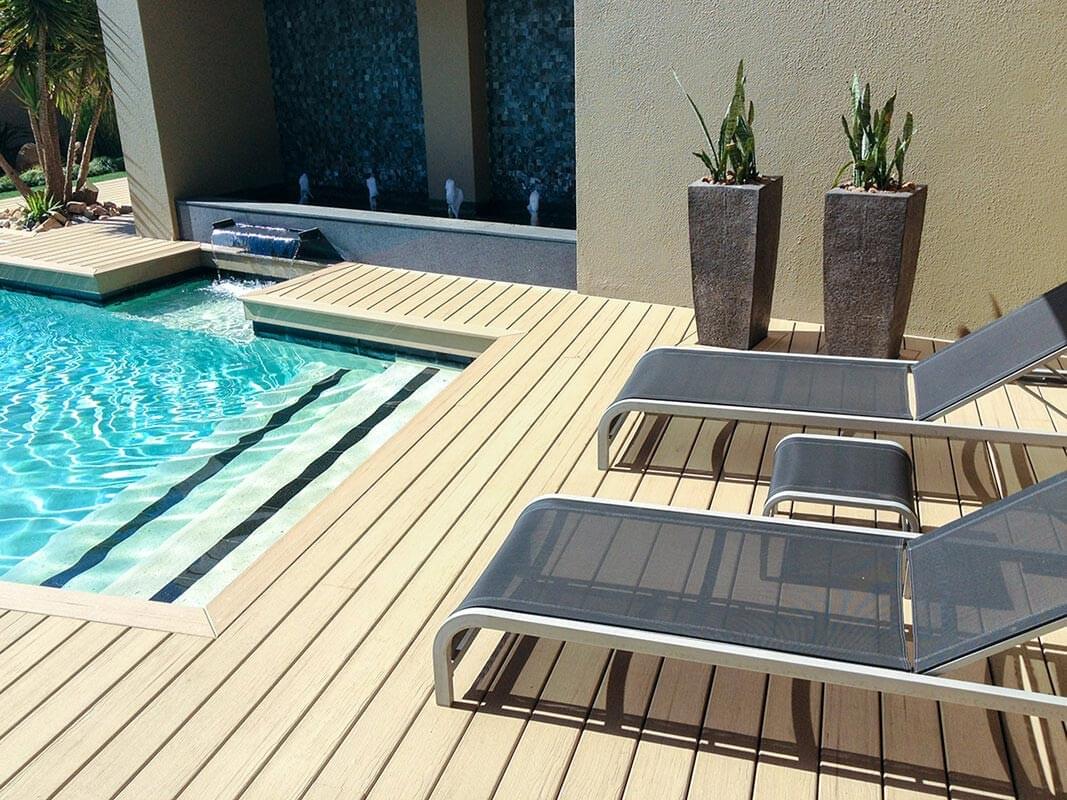
When it comes to enhancing the beauty of your outdoor space, aesthetic appeal is paramount. Homeowners often find themselves torn between the modern look of composite decking and the classic charm of real timber. Each option offers unique visual characteristics that can significantly influence your property's overall ambiance.
Visual Differences Between Composite and Timber
Composite decking, with its manufactured materials, presents a sleek and uniform appearance that appeals to many contemporary homeowners. The colors and textures are designed to mimic natural wood but can sometimes lack the depth and warmth that real timber provides. Additionally, while composite materials resist fading better than their wooden counterparts, some may argue that they miss out on the rich variations found in genuine wood grain—a common disadvantage of composite decking.
Real timber decking boasts an organic feel that can’t be replicated; each plank tells its own story through knots, grains, and color variations. This natural aesthetic creates a rustic charm that many find irresistible for outdoor living spaces. However, it’s worth noting that timber may require more upkeep to maintain its appearance over time compared to composite options.
Customization Options Available
Customization is where both composite decking and real timber shine in their own ways. Composite Decking Inc offers an array of colors, textures, and finishes designed to meet diverse design preferences while ensuring durability against weathering—an advantage over traditional wood options. Homeowners can choose from various styles or even mix colors for a unique look without worrying about the disadvantages of composite decking when it comes to maintenance.
On the other hand, real timber allows for more traditional customization methods such as staining or painting to achieve a desired hue or finish. This flexibility means you can easily adapt your deck's appearance as trends change or personal tastes evolve over time. However, keep in mind that these customizations often come with additional costs and labor compared to pre-finished composite options.
Resale Value Considerations
When considering resale value, both composite and real timber have their merits but also some pitfalls tied closely to their aesthetics. Homes featuring high-quality real timber decks often attract buyers due to their timeless appeal; however, potential buyers might also factor in future maintenance costs associated with wood—another disadvantage of composite decking when viewed alongside its low-maintenance counterpart.
Conversely, properties equipped with well-installed composite decks may appeal more broadly due to their durability and minimal upkeep requirements—qualities increasingly favored by modern homebuyers looking for convenience without sacrificing style. Ultimately, choosing between these two materials could influence not only how attractive your home looks today but also how well it performs on the market down the line.
Conclusion
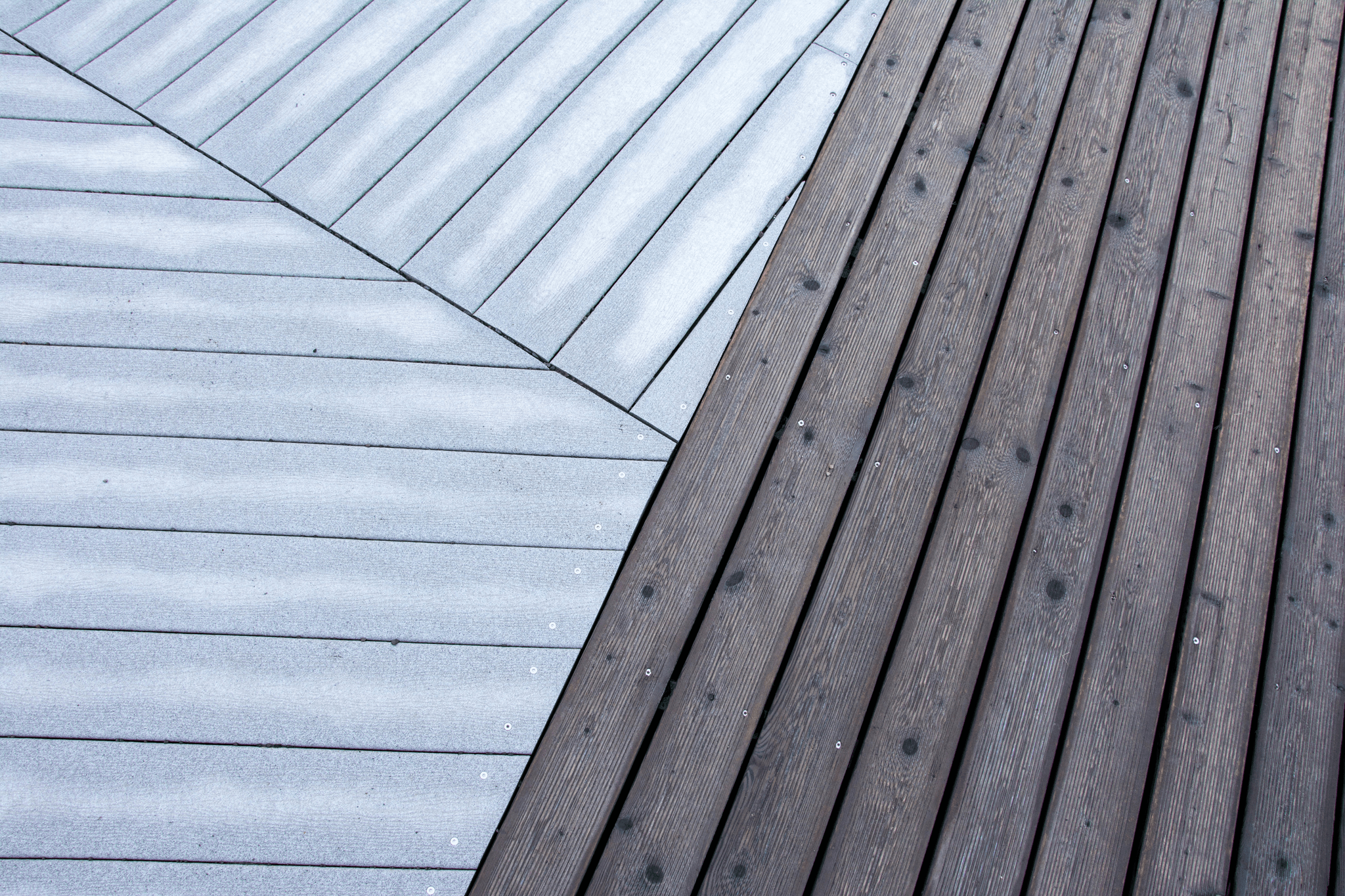
In the quest for the perfect decking solution, both composite and real timber have their merits and drawbacks. Understanding the longevity and performance of each option is crucial to making an informed decision that suits your lifestyle and aesthetic preferences. Ultimately, whether you lean towards the innovation of Composite Decking Inc or the classic appeal of real timber, it’s essential to weigh all factors carefully.
Evaluating Longevity and Performance
When considering longevity, composite decking often shines due to its resistance to rot, splintering, and fading—issues that plague traditional wood decking. However, it’s important to acknowledge the disadvantages of composite decking, such as susceptibility to scratching and potential color fading over time if not properly maintained. On the other hand, real timber can offer a longer lifespan with proper care but requires regular maintenance like sealing and staining to keep its beauty intact.
Choosing Based on Lifestyle Needs
Your lifestyle significantly influences your choice between composite decking and real timber. If you lead a busy life with little time for upkeep, then opting for composite materials from Composite Decking Inc might be your best bet due to their low-maintenance nature. Conversely, if you appreciate hands-on projects and enjoy maintaining your outdoor space's natural beauty, real timber could be a fulfilling choice despite its disadvantages—like higher maintenance demands.
Making the Right Decision for Your Home
Ultimately, making the right decision for your home involves evaluating both aesthetic desires and practical needs. While composite decking offers modern advantages like durability and eco-friendliness—with some disadvantages of composite decking being minor scratches or fading—real timber brings warmth and character that many homeowners cherish. Consider what resonates most with you; after all, your outdoor space should reflect your unique style while standing up against time’s test.
